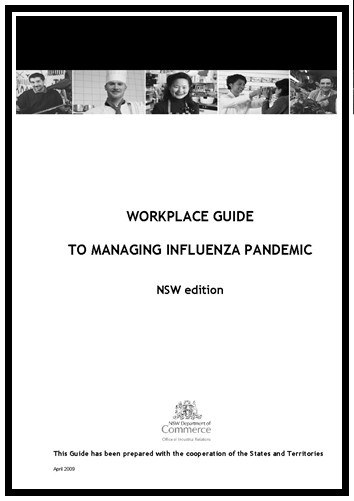According to an AAP report on 3 June 2009, the ACTU is forecasting action on the matter of workplace deaths. Although the issues is heartfelt and important, the Australian union movement mostly discusses OHS in relation to its opposition to the Australian Building and Construction Commission. The AAP report is a good reflection of this.
ACTU secretary Jeff Lawrence states that the rate of workplace fatality is unacceptable but is then quoted as saying
“The high level of deaths and injuries in the construction industry is a national disgrace and yet safety standards have got worse in the period the Australian Building and Construction Commission (ABCC) has operated.”
It has never been the role of the ABCC to regulate workplace safety obligations. That obligation sits with the State OHS authorities and maybe the Australian Safety & Compensation Council (now Safe Work Australia).The union movement has been instrumental in improving safety on worksites throughout Australia but Jeff Lawrence’s misdirection to the ABCC does a disservice to the efforts of OHS professional and health & safety representatives.




![sa0200906[1]_Page_1 sa0200906[1]_Page_1](http://safetyatworkblog.files.wordpress.com/2009/05/sa02009061_page_1.jpg?w=212) The Northern Territory OHS authority issued a guidance this week about
The Northern Territory OHS authority issued a guidance this week about